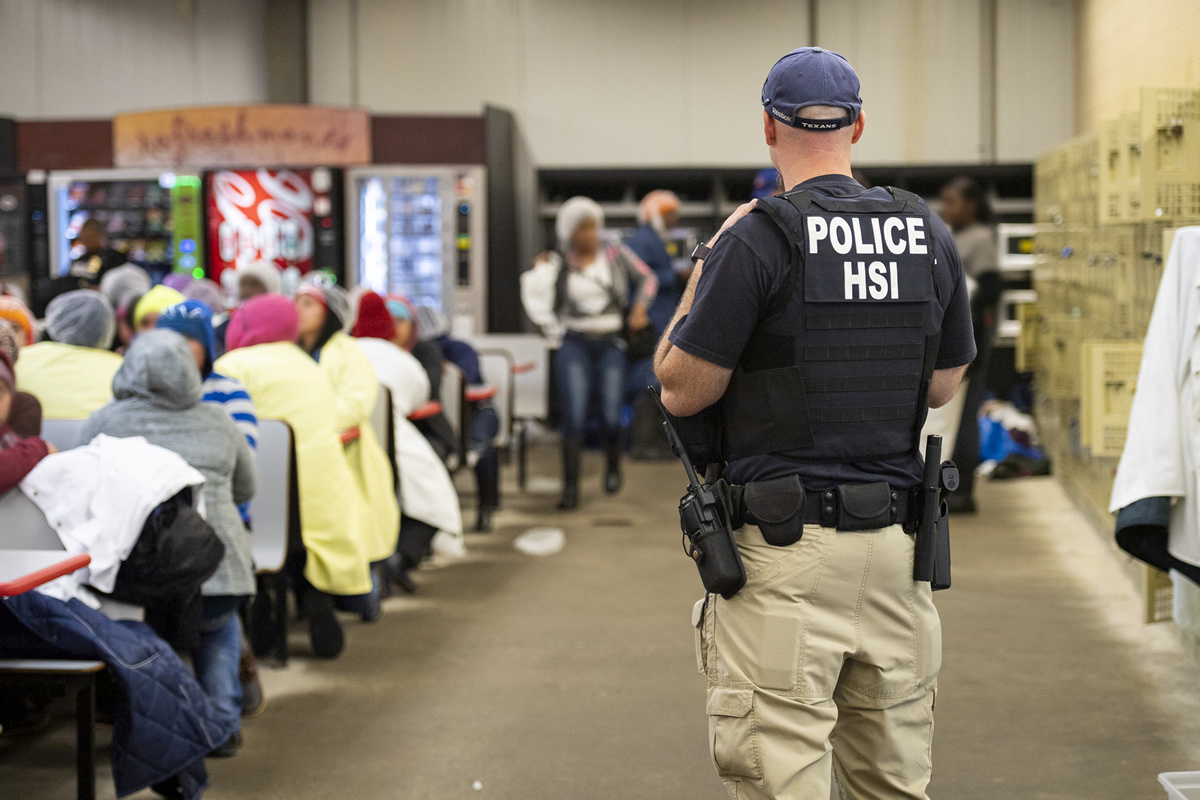
By Jonathan Bachman and Jennifer Hiller
GULF SHORES, ALABAMA (Reuters) – Hurricane Sally made a slow-motion crawl towards the U.S. Gulf Coast on Tuesday, threatening historic floods and prolonged rainfall as officials in three states urged people to flee the coast.
Sally could wallop the Alabama, Florida and Mississippi coasts on Tuesday night or early Wednesday with massive flash flooding and storm surges of up to 7 feet (2 meters) in some spots, the National Hurricane Center (NHC) said. Its languid pace recalls 2017’s Hurricane Harvey, which dumped several feet of rain over a period of days on the Houston area.
More than 2 feet of rain expected in some areas, creating “extreme life-threatening flash flooding likely through Wednesday,” an NHC forecaster said. While Sally’s winds decreased to 80 miles (140 km) per hour at 1 p.m.(1800 GMT), it was moving at a glacial pace of two miles per hour.
Sally will slow even more after landfall, causing Atlanta, Georgia to see as much as six inches (15 cm) of rain through Friday, said Jim Foerster, chief meteorologist at DTN, an energy, agriculture and weather data provider. “It’s going to be a catastrophic flooding event” for much of the southeastern U.S., Forester said, with Mobile, Alabama to the western part of the Florida panhandle taking the brunt of the storm.
Governors from Louisiana to Florida warned people to leave low-lying communities and Mobile County, Alabama Sheriff Sam Cochran warned residents of flood-prone areas that if they choose to ride out the storm, it will be “a couple of days or longer before you can get out.”
The causeway to Dauphin Island, Alabama, at the entrance to Mobile Bay was already flooded and impassable on Tuesday morning, the mayor said.
Coastal roads in Pascagoula, Mississippi, were flooding on Tuesday and some electrical wires were down, according to photos and social media posts from the police department, which asked people to respect road barricades and “refrain from joy riding.”
Nearly 11,000 homes are at risk of storm surge in the larger coastal cities in Alabama and Mississippi, according to estimates from property data and analytics firm CoreLogic.
Steady winds and bands of rain had started to arrive in Gulf Shores by Tuesday morning. Samantha Frederickson, who recently moved to Gulf Shores, Alabama, hit the beach early Tuesday to catch a view of the storm surf. “At the moment, we’re riding it out,” she said amid light rains and winds. “When it gets to the point we don’t feel comfortable, we’ll take off.”
President Donald Trump made emergency declarations for Alabama, Mississippi and Louisiana, which helps coordinate disaster relief.
At 1 p.m., storm was 60 miles (95 km) east of the mouth of the Mississippi River, the NHC said.
Ports, schools and businesses closed along the coast. The U.S. Coast Guard restricted travel on the lower Mississippi River from New Orleans to the Gulf, and closed the ports of Pascagoula and Gulfport, Mississippi, and Mobile, Alabama.
Energy companies buttoned up or halted oil refineries and pulled workers from offshore oil and gas production platforms. More than a quarter of U.S. offshore oil production was shut.
Sally is the 18th named storm in the Atlantic this year and will be the eighth tropical storm or hurricane to hit the United States – something “very rare if not a record” said Dan Kottlowski, senior meteorologist at AccuWeather, noting that accurate data on historic tropical storms can be elusive.
(Reporting by Jennifer Hiller in Houston and Jonathan Bachman in Gulf Shores, Alabama. Editing by Marguerita Choy, Jonathan Oatis and Timothy Gardner)













